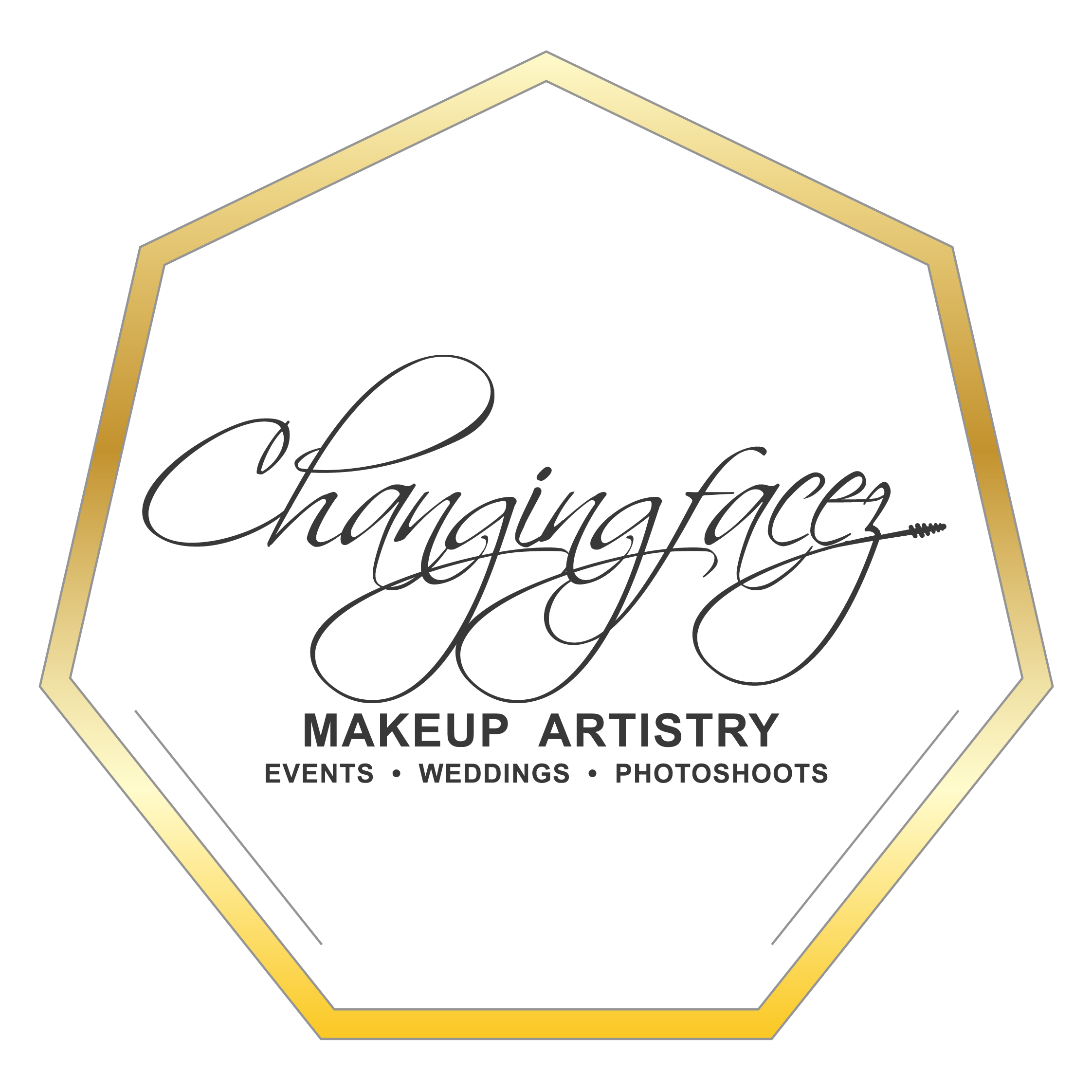
Skincare experts agree that the best thing you can do for your skin is to include SFP in your daily skincare routine. Sun care is critical regardless of age, skin type, or ethnicity. Many sunscreens on the market have a greasy texture and harmful ingredients that are all too common among drugstore options making us think twice about wearing them. The main priority is to keep your skin safe with gentle ingredients and easy application. Above all, look for the ABCs of SPF when searching for one that will work well for you.
The ABCs of SPF
Aloe Barbadensis Leaf Juice
Aloe is frequently used around the world in a variety of products because it is easily accessible and has an endless amount of uses and benefits. The extracts and juices from aloe vera plants are commonly known for their hydrating properties and are a go-to remedy to soothe burns and rashes – especially sunburn. Aloe is also used as an emollient to provide a smooth and straightforward application while hydrating your skin.
I had surgery a while back and used aloe vera to heal my skin. Aloe vera is excellent for wound healing. Aloe vera contains about 75 different compounds including, vitamins, enzymes, and minerals. It contains anti-inflammatory chemical compounds that reduce swelling. These chemical compounds promote healing and alleviate pain when it’s applied to your skin.
Butyrospermum Parkii (Shea) Butter
Commonly known as Shea Butter, Butyrospermum Parkii is a creamy fat extracted from the nut of the African Butyrospermum Parkii tree. Shea butter is often used because of its rich moisturizing properties. It is famous for its anti-inflammatory and pain-relieving properties. It relieves health issues like ulcers, nasal congestion, and skin problems. I have Ezcema, and it has helped hydrate my skin. In addition to hydrating my skin, shea butter has helped soften my scar tissue and speed up the scar-healing process. I am prone to keloid, and it helps prevent keloid scars.
Caprylhydroxamic Acid
This coconut-derived amino acid is a natural, gentle preservative. Preservatives help ensure the safety and longevity of the product. They do this by inhibiting mold and microbial growth in skin care products. This ingredient allows manufacturers to avoid parabens and other preservatives that may be linked to hormone disruption and other no-nos.
How To Search For The Right Sunscreen
Look for a sunscreen that provides ingredients that moisturizes and protect you from hazardous damage from the sun while still fighting signs of aging. Your SPF should be 30 or higher. Did you know that some sunscreen uses non-nano zinc? Lol, me either! Non-nano zinc means that you receive broad-spectrum coverage against UVA AND UVB rays. But wait, don’t forget about your lips! They need sunscreen too! Now you can go ahead and soak up the sun worry-free! If your sunscreen doesn’t have the ABCs, it’s time to invest in a new product.
Now listen, we all love to be out in the sun, whether it’s at a beach, taking a hike, riding a bike, or wherever life’s simple pleasures lead us. Once we come out of the sun, we still need to protect and relieve our skin after exposure. You can do this by using an after-sun soothing gel for post-sun relief. More often than none, these types of products have aloe vera in them. If you don’t have sunscreen and an after-sun gel, check out these products –>HERE





